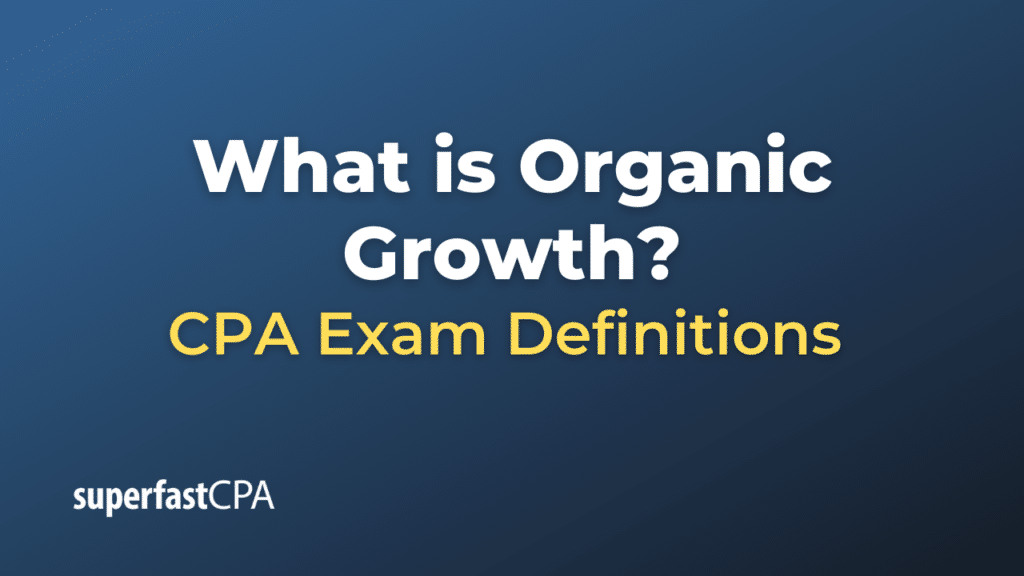Organic Growth
Organic growth, also referred to as internal growth, is the rate of business expansion through its own business activities rather than through mergers and acquisitions (M&A). It measures a company’s operational performance and is often seen as a key indicator of a company’s underlying business health.
Organic growth typically occurs in two ways:
- Increasing sales: This can be achieved by selling more of the existing products or services to the existing customer base, attracting new customers, introducing new products or services, or expanding into new markets or geographic regions.
- Improving profitability: This can be achieved by increasing operational efficiency, reducing costs, or raising prices.
While organic growth can be slower and more challenging to achieve compared to growth through M&A, it often brings more sustainable and stable expansion and less risk. This is because organic growth relies on a company’s ability to internally generate profits and reinvest them back into the business, rather than relying on external financing or dealing with the complexities and potential difficulties of integrating another company’s operations and culture.
Example of Organic Growth
Let’s take an example of a hypothetical coffee shop named “Brew & Bean”.
“Brew & Bean” has been doing good business in its local community, and the owner decides it’s time for expansion. They opt for organic growth strategies. Here’s how they might approach it:
- Increasing Sales: To attract new customers, “Brew & Bean” introduces a new line of iced coffee drinks for the summer season. They also implement a loyalty program that encourages repeat customers by offering a free coffee after a certain number of purchases.
- Expanding into new markets: After witnessing success in its original location, “Brew & Bean” opens a second coffee shop in a nearby town. The new shop attracts a fresh customer base while maintaining the brand’s reputation and standards.
- Improving profitability: “Brew & Bean” begins roasting its own coffee beans in-house. By cutting out the middleman, they can reduce costs, improve profit margins, and offer customers a unique product.
- Introducing new products: “Brew & Bean” starts selling branded merchandise like mugs and t-shirts, creating an additional revenue stream.
All these initiatives help “Brew & Bean” grow its revenue and customer base without acquiring another business or merging with another company. This is a prime example of organic growth, as it relies solely on the company’s internal resources and operations.













